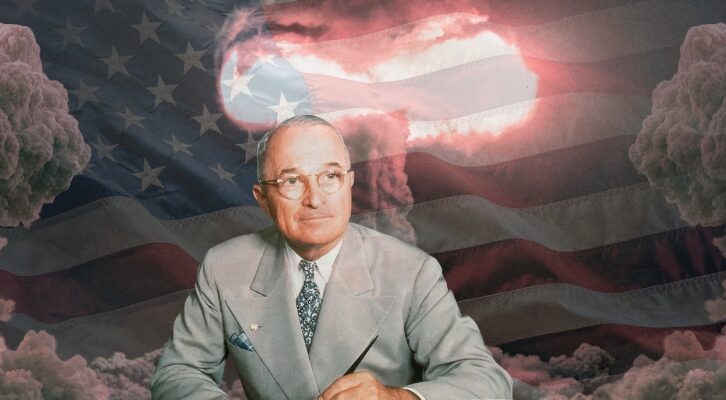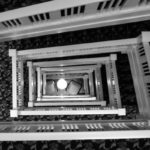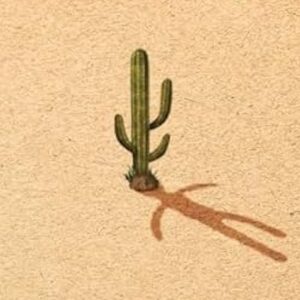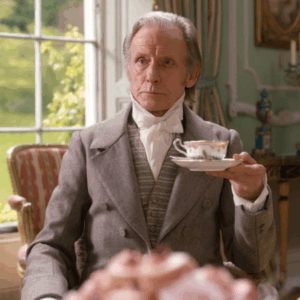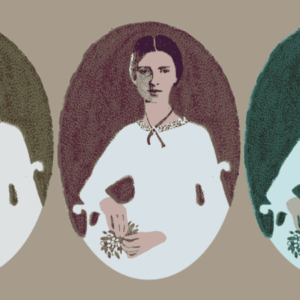
The Most-Rejected Books of All Time
(Of the Ones That Were Eventually Published)
Tis (almost) the season for resolutions. If you’re a writer, here’s an idea: resolve to get rejected. 100 times this year, if you’re lucky. After all, some very famous books (and authors) began their careers at the bottom of the NO pile. To inspire you to keep on writing and submitting, here are some of the most rejected books I could dig up.
Of course, this list is incomplete, and I’ve given preference to books that were rejected but are now well-known and widely loved. (Books that were rejected many times because they were pretty mediocre are just not as interesting.) Even with the higher-profile books, I discounted those with numbers I couldn’t verify, or those that weren’t specific enough—for instance, it looks like Margaret Mitchell’s oft-repeated 38 rejections is a myth; Alex Haley may have gotten “hundreds” of rejections before publishing Roots, but they weren’t all necessarily for the novel; ditto Kate DiCamillo’s 473 rejections before Because of Winn-Dixie; Eimear McBride heard nothing but no for A Girl is a Half-Formed Thing for 7 years, but I don’t know if she got ten nos or a hundred. Some authors, like Beatrix Potter and Proust, got so many rejections that they decided to self-publish—and good thing they did—but I don’t have numbers on those either. If you do, give strength to your fellow rejectees and add on to the list in the comments.

Dick Wimmer, Irish Wine: 162 rejections.
At one time, Wimmer held the official record for the most-rejected published author. Once Irish Wine was published by Mercury House in 1989. “I don’t want it to be a freak of fiction,” Wimmer said that year. “I would like the book to hold up on its own merits.” It was widely praised, and opened the door to two sequels. But not before at least one of the sequels, Boyne’s Lassie, was rejected 83 times.
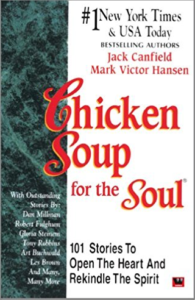
Chicken Soup for the Soul: 144 rejections.
The book became a best-seller, and then a series, and now a multi-armed franchise. . . that actually sells soup. “If we had given up after 100 publishers, I likely would not be where I am now,” Canfield wrote. “I encourage you to reject rejection. If someone says no, just say NEXT!”

Robert Pirsig, Zen and the Art of Motorcycle Maintenance: 121 rejections.
“The book is brilliant beyond belief,” Pirsig’s editor James Landis wrote before the book’s publication. “It is probably a work of genius and will, I’ll wager, attain classic status.” He was right; it sold millions of copies and continues to be a literary touchstone for many.
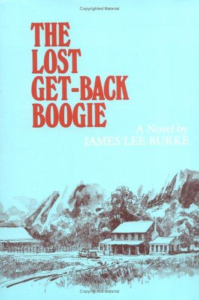
James Lee Burke, The Lost Get-Back Boogie: 111 rejections.
The Lost Get-Back Boogie was Burke’s fifth novel, rejected 111 times over nine years. It was finally published in 1986; that year, according to the author, it was nominated for the Pulitzer prize.
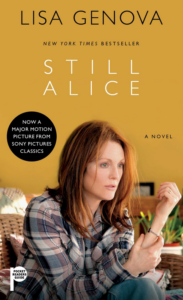
Lisa Genova, Still Alice: about 100 rejections (or non-replies) from agents.
After getting very little positive feedback and no takers from the query process, Genova opted to self-publish her book. Eventually, it was acquired and re-issued by Gallery Books, an imprint of Simon & Schuster, and proceeded to spend 40 weeks on the New York Times best seller list. In 2015, Julianne Moore won an Academy Award for portraying the eponymous Alice.

Sergio de la Pava, A Naked Singularity: 88 rejections from agents.
After almost 90 agents rejected de la Pava’s first novel, he self-published it. His wife Susanna brought the book to the attention of writer Scott Bryan Wilson, who showed it to Levi Stahl, then-publicity director at University of Chicago Press, who showed it to Margaret Hivnor, one of the editors. They published it, and in 2013 it won the PEN/Robert W Bingham prize for debut fiction.
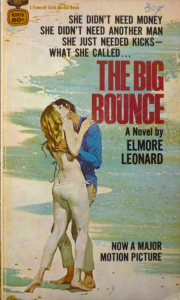
Elmore Leonard, The Big Bounce: 84 rejections by publishers and producers.
After the book was finally published, it was made into a movie—not once, but twice.
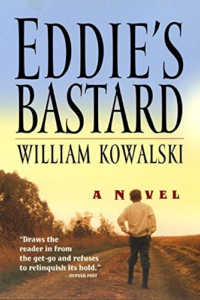
William Kowalski, Eddie’s Bastard: 79 rejections.
As the author himself tells it: after 79 rejections, the book went on to be an international best seller.
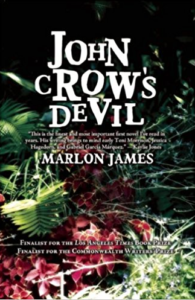
Marlon James, John Crow’s Devil: 78 rejections from publishers.
“There was a time I actually thought I was writing the kind of stories people didn’t want to read,” James explained. “I did give it up. I actually destroyed the manuscript, I even went on my friends computers and erased it.” (Luckily, he found it again in his email.) In 2015, he won the Man Booker Prize for his third novel, A Brief History of Seven Killings.
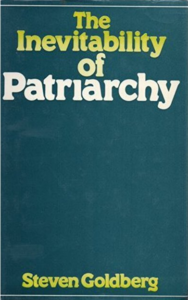
Steven Goldberg, The Inevitability of Patriarchy: 69 rejections.
Nice.
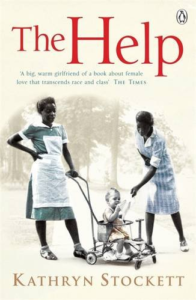
Kathryn Stockett, The Help: 60 rejections from agents.
“In the end, I received 60 rejections for The Help,” Stockett wrote. “But letter number 61 was the one that accepted me. After my five years of writing and three and a half years of rejection, an agent named Susan Ramer took pity on me. What if I had given up at 15? Or 40? Or even 60? Three weeks later, Susan sold The Help to Amy Einhorn Books.” The book was on the New York Times bestseller list for over 100 weeks, has sold over seven million copies, and has been made into a much-awarded film.

David Markson, Wittgenstein’s Mistress: 54 rejections from publishers.
He kept a list of them. The book is now a beloved classic of experimental and postmodern literature.
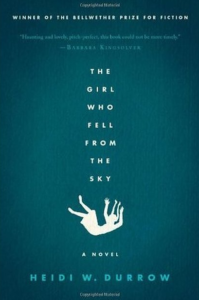
Heidi Durrow, The Girl Who Fell From the Sky: 48 rejections from publishers
“When I was trying to publish my book,” Durrow said in an interview, “it received some 48 different rejections from publishing houses mostly because people said to me that there was no market for a story about a half black half Danish girl. There was no Afro Viking demographic to sell this book to.” The book was the 2008 winner of the 2008 PEN/Bellwether Prize for Socially-Engaged Fiction, which came with a book contract, and once published, it became a bestseller, without the help of any Afro Vikings.
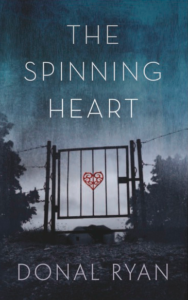
Donal Ryan, Spinning Heart: 47 rejections from publishers.
But then it was long-listed for the 2013 Man Booker Prize and won the Guardian‘s first novel award that year.
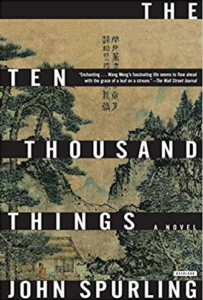
John Spurling, The Ten Thousand Things: 44 rejections from publishers.
It took Spurling 15 years to write this historical novel, and then it took him 44 rejections before he finally found a publisher. The book won the Walter Scott Prize for Historical Fiction in 2015.
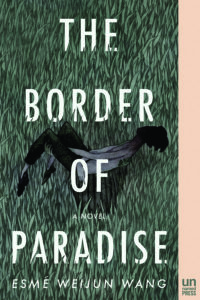
Esmé Weijun Wang, The Border of Paradise: 41 rejections from publishers.
Wang’s debut may have been rejected a bunch, but it also landed her on Granta‘s list of the best young American novelists.
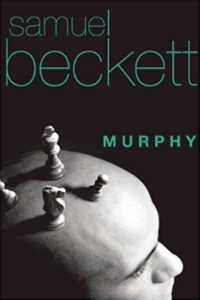
Samuel Beckett, Murphy: 40 rejections from publishers.
One of these told Beckett, in rejecting his debut, that “the novel racket has reached such a pass today that a book, such as yours, which makes real demands on the reader’s intelligence and general knowledge has less chance than ever of gaining a hearing.” Well, it did, eventually, and Beckett became Beckett, and won the Nobel Prize in Literature in 1969. In 2013, the Murphy manuscript sold for almost $1.5 million.
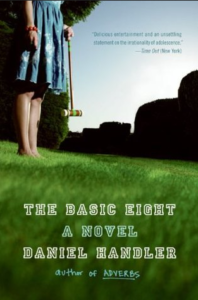
Daniel Handler, The Basic Eight: 37 rejections from publishers.
Handler’s debut was rejected 37 times. Only a year later, he became Lemony Snicket—the books in A Series of Unfortunate Events have sold some 65 million copies.
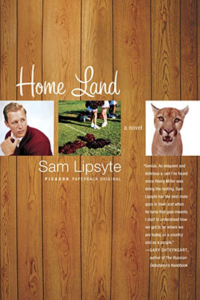
Sam Lipsyte, Homeland: 35 rejections from publishers.
“I was getting married at that time, while I was getting turned down,” Lipsyte said. “Every day there were five more rejections. And it sort of didn’t look good. And I felt awful for my wife, for marrying a guy who was getting rejected every day.”
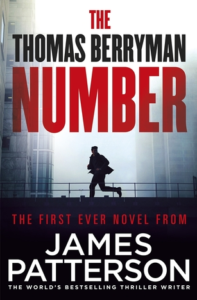
James Patterson, The Thomas Berryman Number: 31 rejections from publishers.
31 publishers turned down Patterson’s first book—the first in his long-running, mega-popular Alex Cross series. Now, of course, he’s one of the most successful authors in the world. “I keep a list of all the editors who turned down my first novel,” he told the New York Times. “Sometimes they send me books and ask for blurbs. Mostly, though, they’re dead.”

Stephen King, Carrie: 30 rejections from publishers.
Things were looking grim for King’s first novel until Bill Thompson at Doubleday finally sent this telegram:
“CONGRATULATIONS. CARRIE OFFICIALLY A DOUBLEDAY BOOK. IS $2500 ADVANCE OKAY? THE FUTURE LIES AHEAD. LOVE, BILL.”
The paperback rights went for 16 times as much, and more importantly: the biggest literary career of modern times was officially launched.
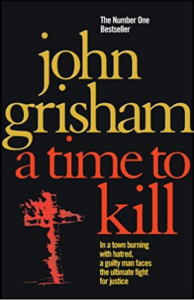
John Grisham, A Time to Kill: 28 rejections.
Reports on this one vary: I’ve seen 16, 24, and 28. But either way, lots of people passed on John Grisham’s first novel, until Wynwood Press published the novel in 1988. “Five thousand copies were printed and we couldn’t give them away,” Grisham wrote. But after the success of 1991’s The Firm, the book was reprinted and sold some 1.5 million copies, and in 1996, it became a movie.

Dr. Seuss, And to Think That I Saw It on Mulberry Street: 27 rejections from publishers.
In fact, he had almost given up on writing altogether when he ran into an editor friend on the street, who asked to take a look—and the rest is history.
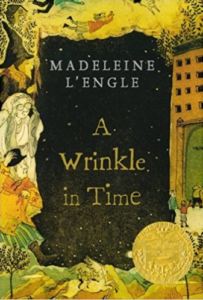
Madeleine L’Engle, A Wrinkle in Time: 26 rejections from publishers.
“I was, perhaps, out of joint with time,” L’Engle wrote. “Two of my books for children were rejected for reasons which would be considered absurd today. Publisher after publisher turned down A Wrinkle in Time because it deals overtly with the problem of evil, and it was too difficult for children, and was it a children’s or an adults’ book, anyhow?” Now the book, which eventually took home the Newbery Medal, the Sequoyah Book Award, and the Lewis Carroll Shelf Award, is a beloved classic, particularly for all smart girls or the smart women that used to be them.
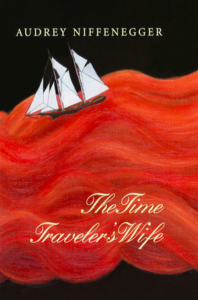
Audrey Niffenegger, The Time Traveler’s Wife: 25 rejections from agents.
After getting rejected by 25 agents, Niffenegger sent the book directly to a small San Francisco publisher, where an editor discovered and loved it. The book became a huge best-seller and, of course, a film.
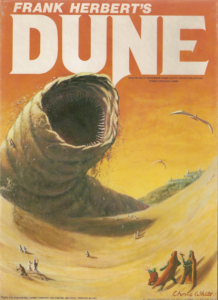
Frank Herbert, Dune: 23 rejections from publishers.
First serialized in Analog, Dune was widely rejected by publishing houses until finally accepted by Chilton Books, a company known mostly for their automotive manuals. It won the Hugo and the Nebula, and is often described as the best-selling science fiction novel of all time.
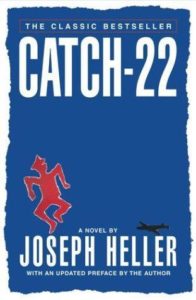
Joseph Heller, Catch-22: 22 rejections.
“I haven’t really the foggiest idea about what the man is trying to say,” one publisher wrote. “Apparently the author intends it to be funny—possibly even satire—but it is really not funny on any intellectual level.”
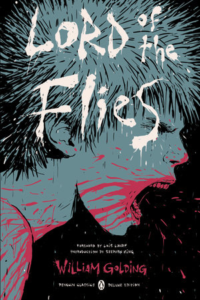
William Golding, Lord of the Flies: 21 rejections.
Now, it is frequently listed among the best novels ever written.

Richard Hooker, MASH: 21 rejections
After all the rejections, Hooker (aka Hornberger) revised the book with the help of W.C. Heinz. Soon after that, he sold it. Four years after its publication, it became one of the most popular television shows of all time.
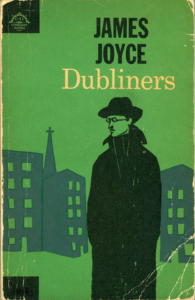
James Joyce, Dubliners: 18 rejections from publishers.
It took Joyce nine years and 18 rejections to get his first book into the world. His contract stated that he wouldn’t receive royalties unless the book sold at least 500 copies—it sold 499, despite Joyce buying 120 himself. Now, of course, this is a touchstone of modern literature, beloved by many, taught in every university.
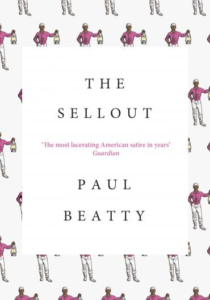
Paul Beatty, The Sellout: 18 rejections from publishers.
“I get hurt when I meet editors who tell me about books they really liked but couldn’t publish. I don’t know what that means,” Beatty told The Guardian. “Sometimes I romanticize—I go back even to the Harlem renaissance, when people would say, ‘This book isn’t going to sell but I believe in you.’ I think there’s still some of that in publishing. I hope there’s still some of that.” In 2016, The Sellout won the Booker.
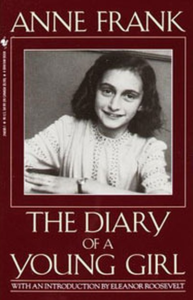
Anne Frank, The Diary of Anne Frank: 15 rejections
She may or may not have received this rejection letter before Judith Jones rescued her from the slush pile.
Emily Temple
Emily Temple is the managing editor at Lit Hub. Her first novel, The Lightness, was published by William Morrow/HarperCollins in June 2020. You can buy it here.











